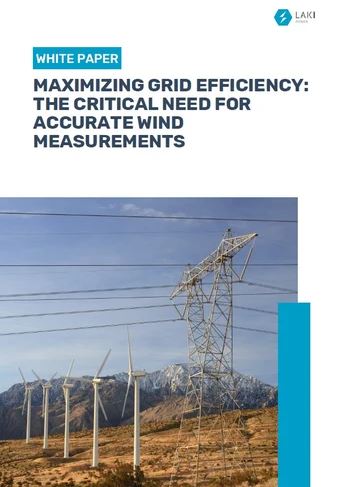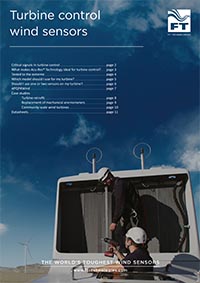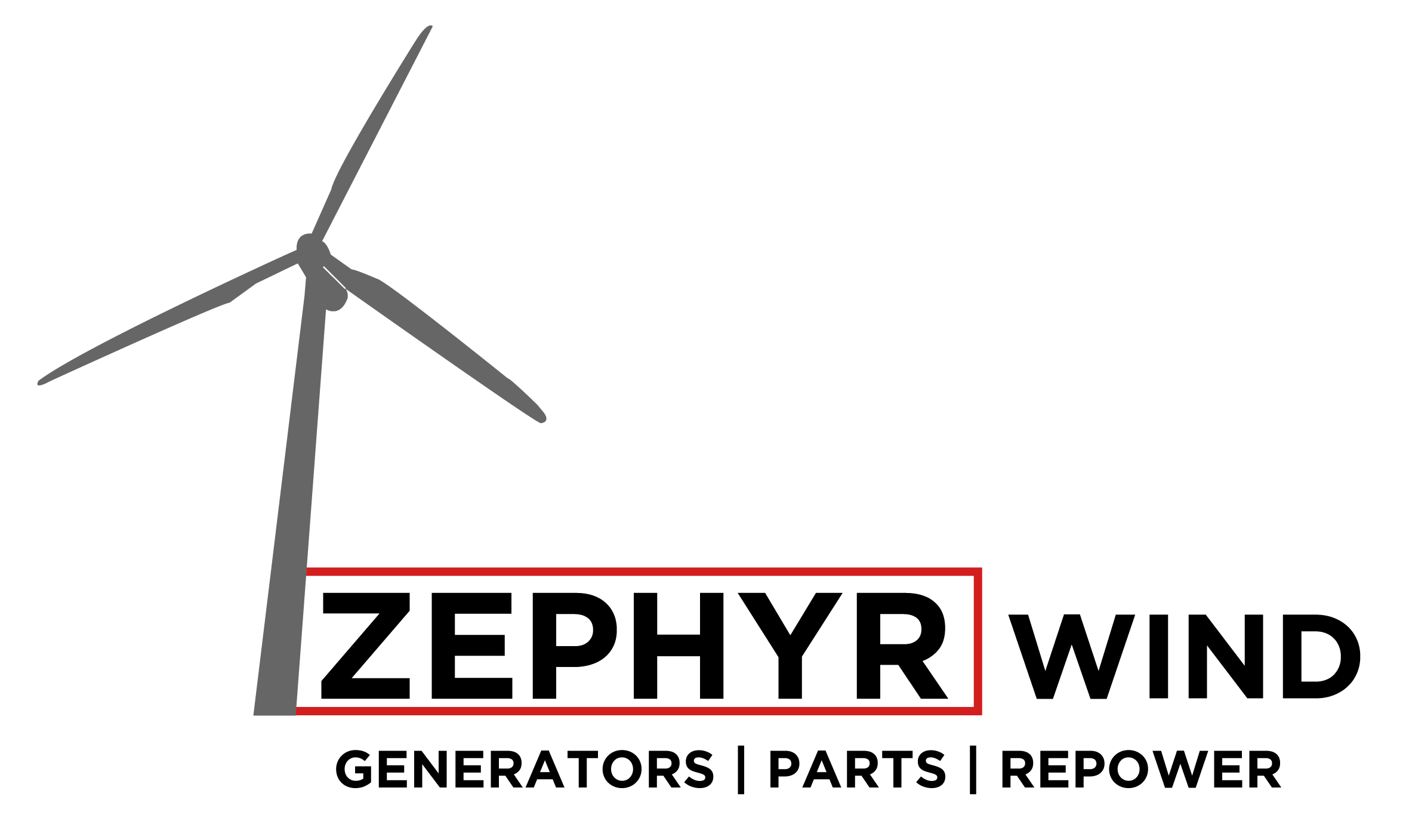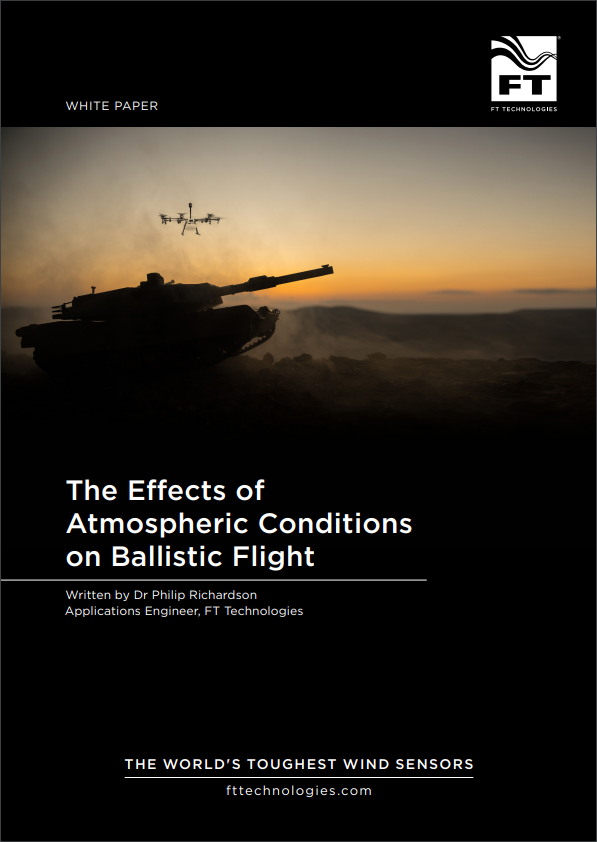Measuring wind conditions on overhead power lines in remote areas
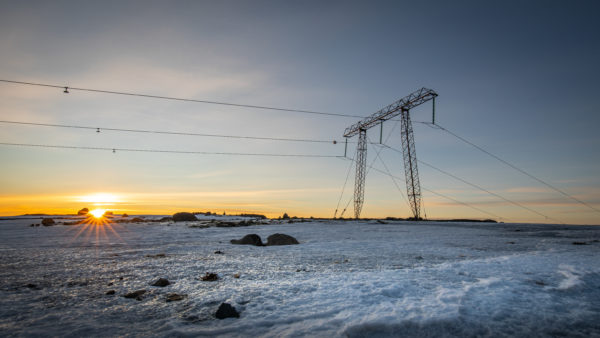
Background
Measuring wind conditions in remote areas is always a challenge because of the lack of access to power. This has severely limited the deployment of measuring equipment because solar panels, wind turbines, diesel generators or batteries are complex and expensive to install and maintain. As a result, large geographical areas have been left without any metering at all causing inaccuracies in weather reports and forecasts.
Laki Power, an Icelandic-based provider of high voltage surveillance technology, has developed a novel way to solve this problem. Their monitoring stations are located on overhead power lines and generate power using induction. The stations are equipped with a multitude of weather instruments that measure, for example, wind speed, direction, ambient temperature and salinity. These then feed data in real-time to power grid operators via mobile networks. They take 30 minutes to install and are built to operate without maintenance.
Since the arteries of the power grid stretch across vast geographic areas, Laki Power’s invention makes it economical to obtain weather measurements in far more places at a fraction of the cost of other solutions. Power lines traverse mountains, forests and valleys – in essence through many sorts of microclimates of interest for local weather measurements. The monitoring stations are developed for Transmission System Operators (TSOs), Distribution System Operators (DSOs) and other electric utilities and hold great potential for deployment of Dynamic Line Rating (DLR) aimed at increasing the capacity of existing power lines. Meteorological offices and highway administration agencies are also showing interest in deploying Laki Power’s solutions to fix blind spots in their weather coverage.
The monitoring stations are located directly on high voltage power lines, often in mountainous areas where wind speeds and other weather conditions can be extreme. In cold weather conditions, line icing is a hazard while hotter, drier climates present the risk of elevated temperatures and wildfires. Consequently, when designing their LKX multi-purpose surveillance and DLR station, Laki needed to incorporate a wind sensor that was able to give accurate wind speed and direction measurements in extreme conditions. They also needed a sensor that was small, lightweight and able to survive in high voltage and high vibration environments.
Project
Laki Power approached FT Technologies to provide wind sensors that could sustain this wide operating environment. The FT742-SM was identified as the most suitable of FT’s products due to its small size, surface-mounting capability and all-body heating to prevent icing.
The initial idea was to mount the FT742-SM on to the top of the LKX module. Initial testing determined that the sensor could withstand the high voltages anticipated. However, to provide extra margin, the engineers at Laki Power decided to mount the sensor underneath their module to give higher protection from the electric field. They also developed a mushroom-shaped cap to go on top of the sensor to reduce the possibility of corona discharge.
With the sensor and cap integrated along with the entire LKX-201 station, wind tunnel testing was performed at Deutsche WindGuard’s wind tunnel laboratory in Germany. Extensive calibration data was gathered to identify and correct for any aerodynamic effects and secure sufficient accuracy of the measurement data.
Several LKX-201 stations have now been installed on powerlines in both Iceland and Norway and are operating perfectly in extremely harsh conditions, including heavy ice and high winds.
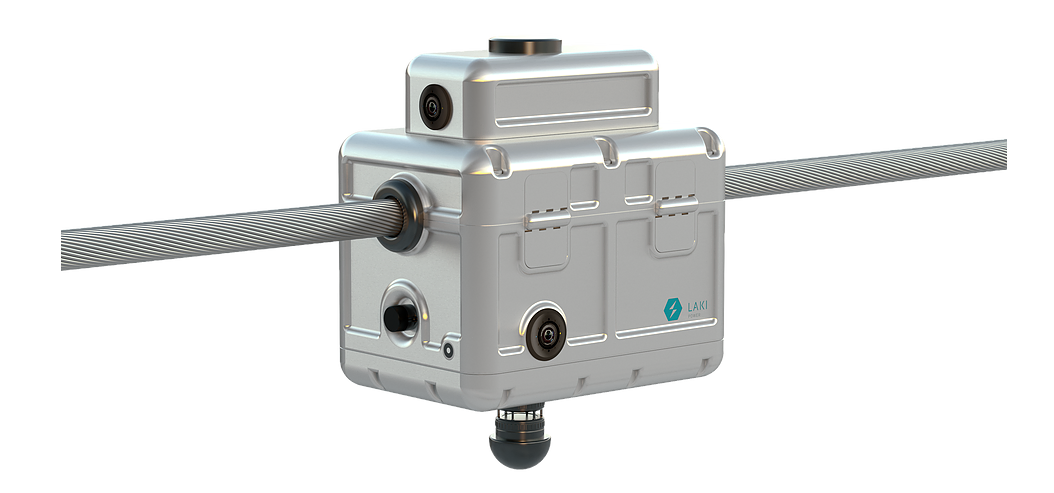
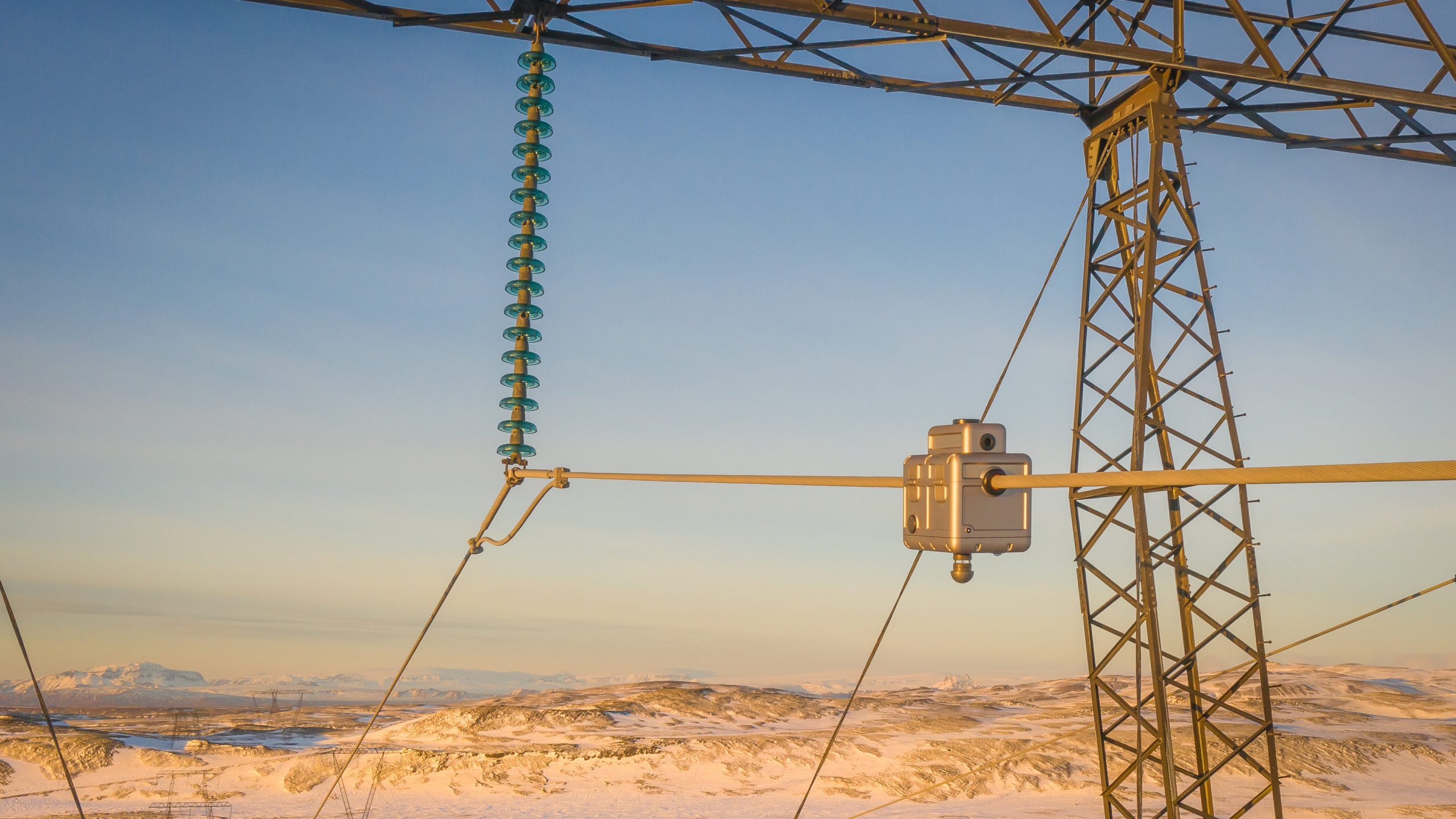
The LKX-201 high voltage, multi-purpose surveillance and DLR station combines 4K bidirectional cameras with a fish-eye ground-view camera and a sophisticated array of thermographic and environmental sensors to provide a wide range of line and ground surveillance capabilities.
Conclusion
“Of all the sensors we assessed, we found the FT wind sensors to be the only ones which met all our criteria: able to operate in a high voltage environment, able to withstand extreme cold and ice, and small and light enough to fit into our designs. After working closely with FT to perfect the integration, we were then delighted with the wind tunnel test results. They demonstrated the high degree of accuracy that we will be able to bring to power line wind speed measurements.
“Now that renewable technologies like wind and solar are largely commoditised, investors and utilities are looking for ways to improve their margins, and they’re turning to improved control systems to do it. Due to the investment cost of renewable power generation systems, it is important to operate the systems near their maximum output power point, especially for wind and solar PV generation systems. In addition, since wind and solar PV power resources are intermittent, accurate prediction and modelling of wind speed and solar insolation are necessary. Furthermore, to have a more reliable power supply, renewable power generation systems are usually interconnected with the power grid.
“Integrating the FT742-SM wind sensor into our monitoring stations will allow us to deliver real-time wind speed and direction information to the transmission system and power grid operators. This will give them actionable intelligence for monitoring and management of power grid infrastructure particularly in cold and remote climates, and in areas where there is a high wildfire risk.”
Bjorgvin Sigurdsson
Chief Executive Officer
Laki Power
Iceland
2024 Update:
Learn more about the benefits of accurate wind data grid stability and integration of renewable energy from Laki Power’s recent white paper here.
Further Information: Asset Protection | DLR | Fire Risk | Line Icing | Video Surveillance | Renewable Integration
